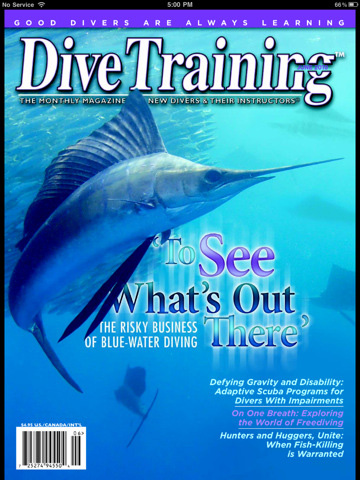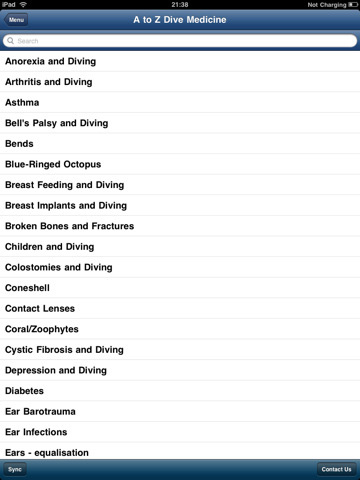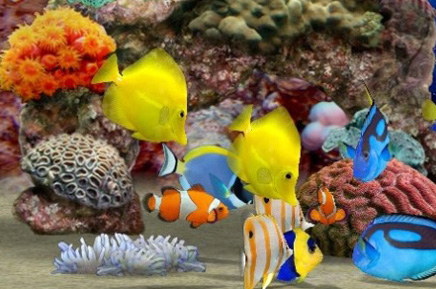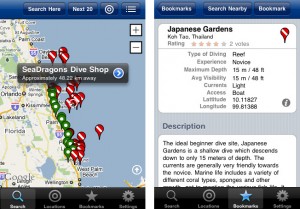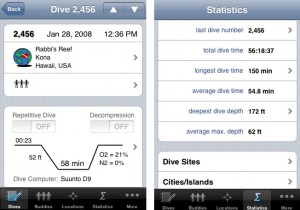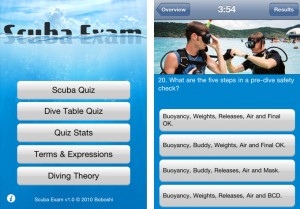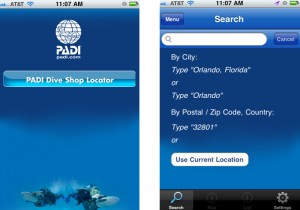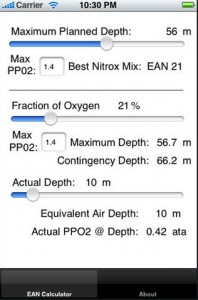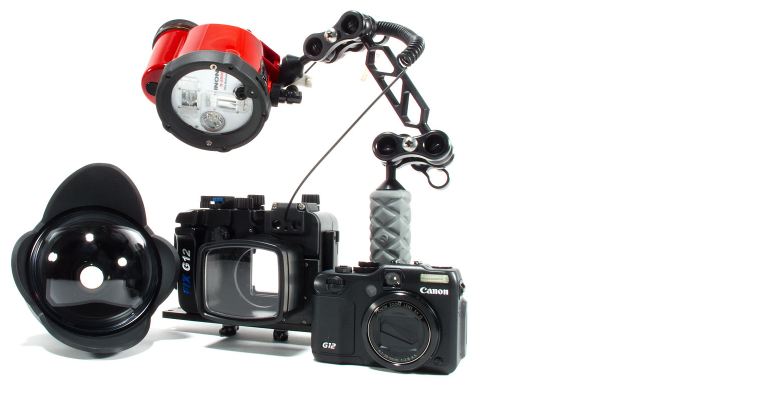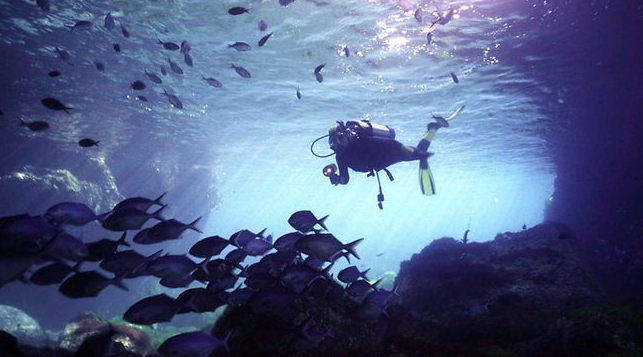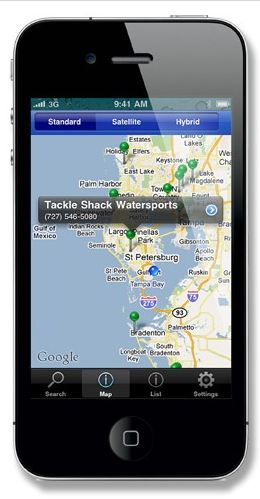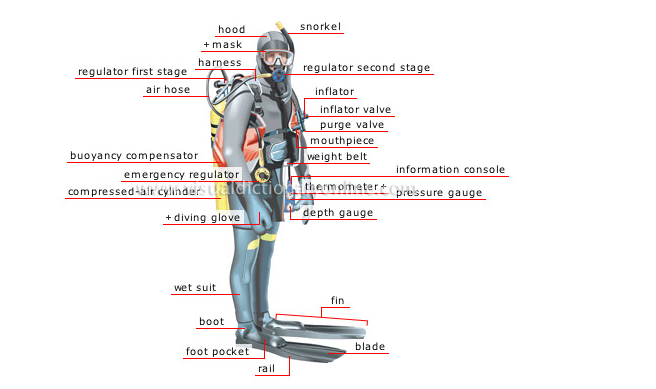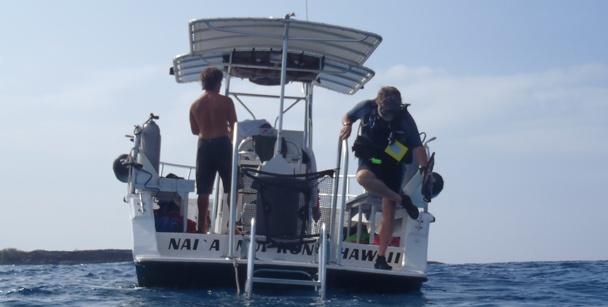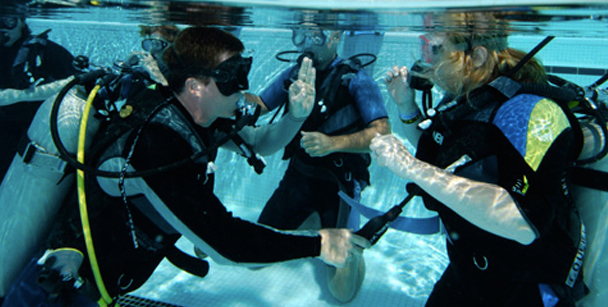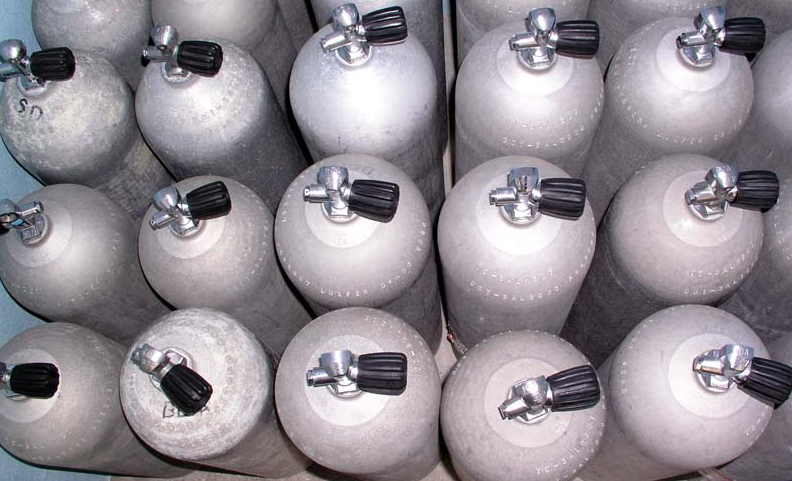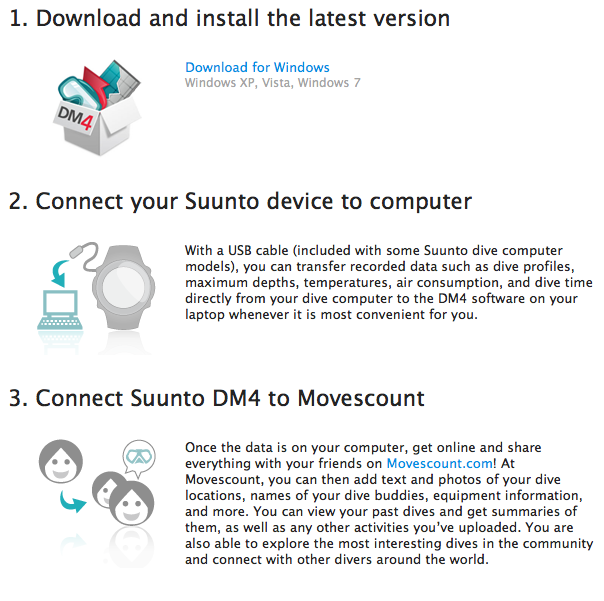With the iPad growing in popularity (nearly 25 million of them around now) it was only a matter of time before divers would see dedicated iPad apps, we take a look at five of our favourites…
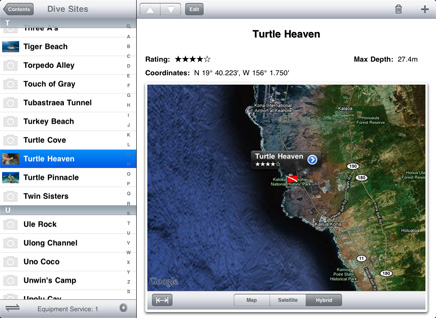
One of the more expensive iPad apps, but that reflects in it’s quality. Also available for your iPhone, Mac or Windows computer. Add dive locations, air mixes, bottom times and site statistics. Use photos of buddies, interact with Google Maps, capture GPS co-ordinates and build up a comprehensive dive log that can be easily accessed on multiple devices.
Dive stats are nicely presented; giving you overall bottom time, average depth and a host of other dive statistics. If you’re a tech geek and want something a little less soggy than a paper log book, Dive Log is worth every cent.
Most divers would have seen this magazine knocking around their local dive shop. Dive Training has a twenty year legacy dedicated to education-based articles. Well written and informative there is always something worth while in every issue for divers of all experience.
The App is free, as are the issues (at time of press) so there really is no reason to not have this on your iPad. Navigation is easy, but pages are taken directly from the print product, so don’t expect flashy animations and video content. It’s simple, effective and well worthy of your time.
Firstly, you don’t have to be in London to benefit from this iPad diving App, the overall focus of which is health and medical attention. The LDC App has several simple elements, a pre-dive checklist focusing on physical checks, a simple but effective log book (not as comprehensive as the Dive Log, but a handy addition if the price tag of $11.99 puts you off the above) and a directory of medical terminology.
The LDC App can help you locate a Hyperbaric chamber, either by entering an area name, or by automatically using your current GPS location. Chambers can then be pin-pointed on Google Maps, incredibly good for making emergency action plans or when visiting new, unfamiliar dive sites.
Finally they offer “Diving Incident”, a series of yes and no questions that help determine a medical problem within a diver. I’d recommend a PADI Rescue Diver course before searching in your dive bag for an iPad, but it’s a good learning tool if nothing else. Add to this a comprehensive A-Z of diving medical terms and you have an excellent, free iPad app worth it’s weight in led.
If you’re a diver, there is more than a fair chance you have a keen interest in conservation and exploration. Earth Periodical is a new, free magazine made just for you. Now in it’s second issue the magazine offers unique interactive content, original articles by experts, video content and interactive an quiz. All for free. What more could an avid carer of our planet ask for? Put simply it’s aim is to educate, entertain and inspire people. From saving sharks, to space shuttle Discovery, from natural history news to equipment reviews. EP aims to give you something interesting. Perfect for your surface interval or when you’re waiting for tanks to get filled.
5) My Reef Aquarium 3D HD $2.99
iPads do fun stuff. You need a balance between serious dive logs and entertainment. My Reef Aquarium 3D HD is basically an interactive aquarium for your iPad. Choose your tank, the background image and the fish that inhabit it. Feed the fish, knock on the glass to get their attention or simply sit it on your desk and day dream about your next dive in the Caribbean.
If you have young kids, this App will be the best thing you ever buy. Whether they are a year old or closer to ten, My Reef 3D HD will have them glued, interacting and best yet, quiet for hours! Worth the price alone.
Other Apps of interest:
DIVE Magazine (Free App, pay for issues)
101 Most Popular Dive sites of the Red Sea ($9.99)
Navy Diving Manual ($4.99)

